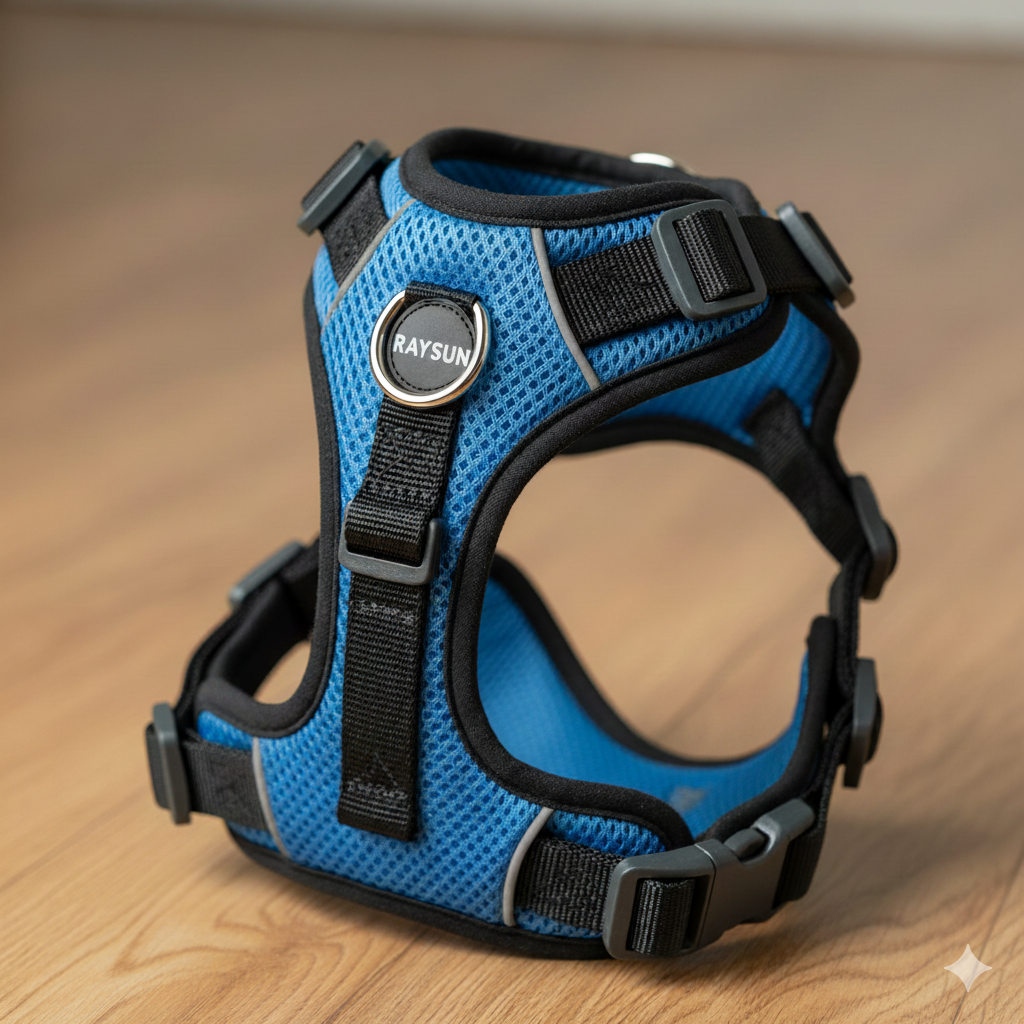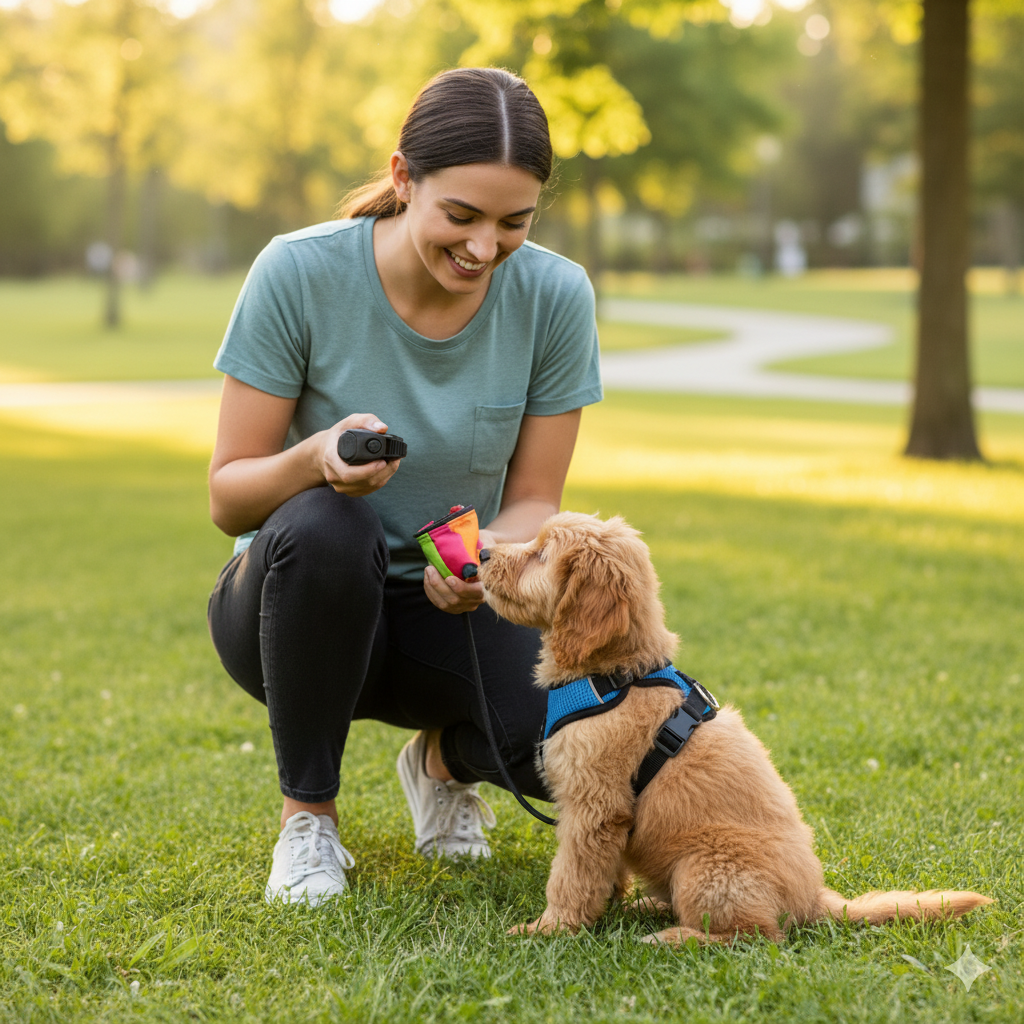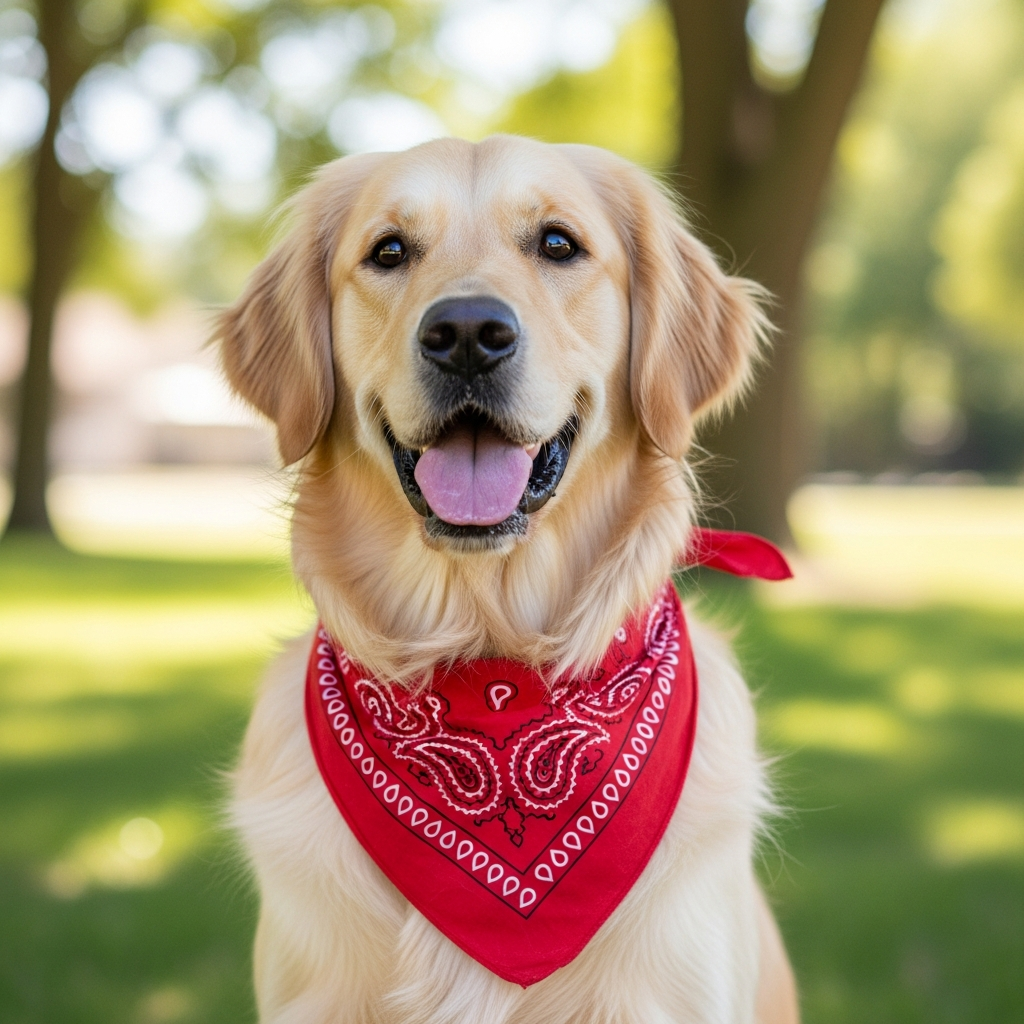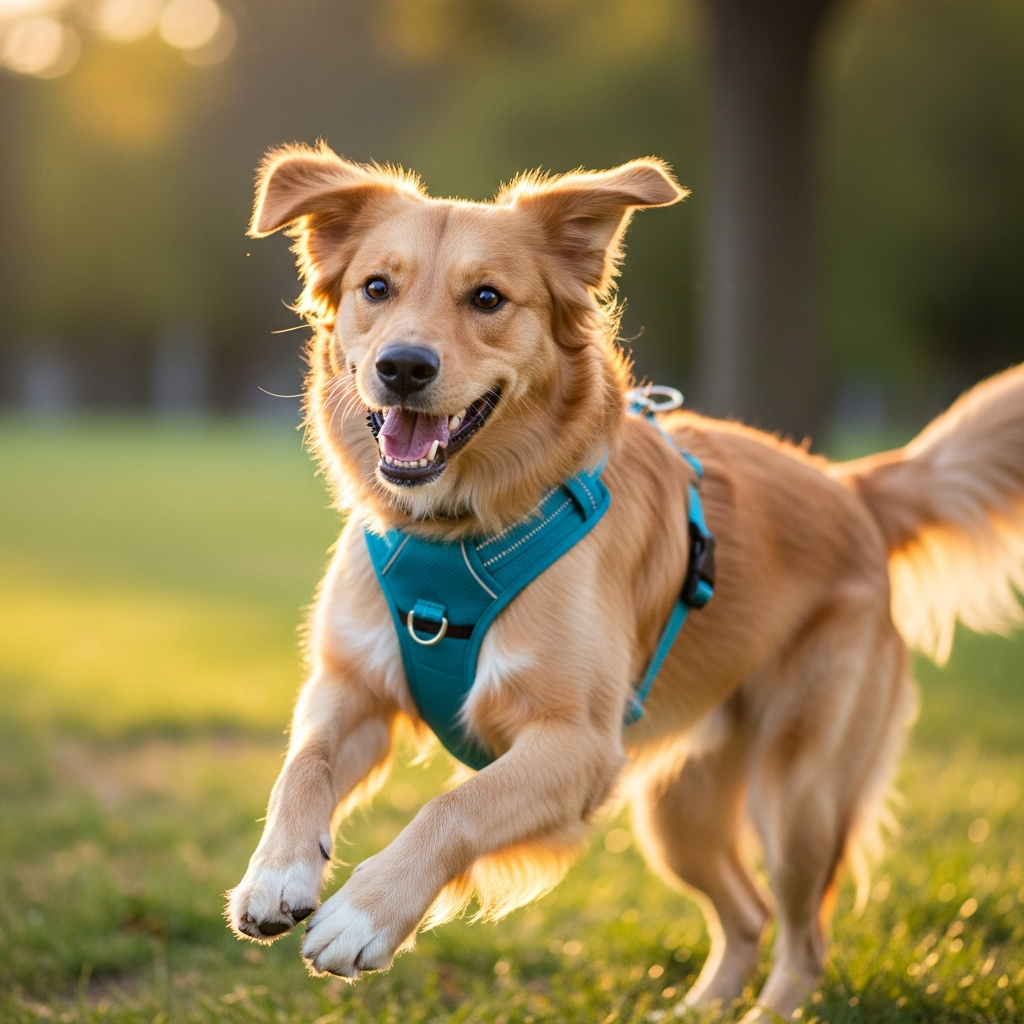Designing a puppy harness is tough. They grow fast and chew everything. A bad design is unsafe and quickly outgrown, leading to unhappy customers and negative reviews for your brand.
The best puppy harness design prioritizes maximum adjustability to accommodate rapid growth. It must use soft, lightweight, and chew-resistant materials. Safety features like secure buckles and multiple leash attachment points are essential to create a product that owners trust and puppies barely notice they're wearing.

Creating a successful puppy harness is about more than just scaling down an adult dog harness. As designers, we face a unique set of challenges that puppies present. You need to think about their rapid growth, their sensitive skin, and their tendency to test everything with their teeth. It's a puzzle of balancing comfort, safety, and durability in a product that needs to change its shape and size constantly. Let's break down the crucial design elements you need to get right to make your product a best-seller. What specific features will make your design stand out?
What are the key design features for a puppy harness?
Your harness design might look great, but is it truly functional for a puppy? Many beautiful designs overlook key features. This can lead to a poor fit, discomfort, and serious safety risks.
Key design features include multiple points of adjustment for a custom fit, a front-clip option to help discourage pulling, and a back-clip for relaxed walks. Lightweight construction and easy-to-use buckles are also critical for both the puppy and the owner who has to use it every day.

A puppy's body is constantly changing, so your design must adapt. I remember working on a project where we launched a puppy harness with only a single adjustment point around the chest. The feedback was terrible. Puppies were constantly slipping out. We learned a hard lesson. You need to think about the entire structure.
Adjustability is Non-Negotiable
A puppy's proportions are different from an adult dog's. You need at least three, preferably four, points of adjustment: one on each side of the neck and one on each side of the chest. This allows the owner to create a snug, secure fit that prevents the puppy from wiggling out, without being too tight.
Leash Attachment Points Matter
Different attachment points serve different purposes, especially for training. Including both a front and back D-ring offers maximum versatility for the owner. This is a huge selling point.
| Attachment Point | Primary Use | Benefit for Puppies |
|---|---|---|
| Back D-Ring | Everyday relaxed walks | Keeps the leash from getting tangled in their feet. |
| Front D-Ring | "No-pull" training | Gently redirects the puppy when they pull forward. |
Buckles and Hardware
Buckles need to be secure but also easy for the owner to operate, sometimes with one hand. I recommend lightweight plastic buckles with a reliable locking mechanism for puppies. Heavy metal hardware can be too much for a small pup.
How do you choose the right materials for a puppy harness?
Choosing the wrong material can destroy a great design. It could be too heavy, cause skin irritation, or get chewed to pieces in a day. This leads to product failures and unhappy customers.
You should choose soft, breathable materials like padded air mesh or neoprene for comfort against a puppy's sensitive skin. The webbing must be strong but lightweight, like nylon. All materials have to be non-toxic and as chew-resistant as possible to ensure the puppy's safety.

Material selection is a balancing act. You need durability, but not at the expense of comfort. I once consulted for a brand that used a super tough, military-grade webbing for its puppy line. They thought "durability" was the most important thing. But the material was so stiff that it caused chafing on the puppies. Sales dropped until we switched to a softer, padded nylon webbing. It's all about finding that perfect balance.
Comfort and Breathability
Puppies have sensitive skin. A rough or non-breathable material will cause irritation and make them hate wearing the harness. Look for materials like soft air mesh for lining. It's gentle, lightweight, and allows air to circulate, which is great for active pups.
Durability and Chew-Resistance
Puppies chew. It's a fact. While no fabric is completely chew-proof, some are better than others. Ripstop nylon is a good choice for webbing because it’s strong and resists tearing. The key is to design the harness so there are no loose, dangling ends that invite chewing.
The Importance of Non-Toxic Components
From the fabric dyes to the plastic buckles, every single component must be non-toxic. Puppies will inevitably lick and chew on their harness. You must ensure your suppliers can provide certifications that their materials are free from harmful chemicals. This isn't just a feature; it's a fundamental safety requirement.
How can you design a harness that grows with the puppy?
Puppy owners get frustrated when they have to buy a new harness every month. A product that's outgrown in just a few weeks feels like a waste of money. It creates a negative brand experience.
Design a harness that "grows" by maximizing the range of adjustment at all key points: neck, chest, and girth. Use extra-long straps with secure keepers to manage the excess length. You can also think about modular designs where certain parts can be swapped out for a larger size.

The concept of a "grow-with-me" product is incredibly powerful in the puppy market. It shows customers you understand their problems and are providing a smart solution. This builds incredible brand loyalty. One of the most successful puppy products I helped develop did just this. It was a harness "kit" that came with two different-sized belly straps. The customer used the small strap for the first few months, then easily swapped to the larger one as their puppy grew. The perceived value was huge.
Maximizing Adjustment Range
When you design the pattern for the webbing, add as much length as you can without making the harness cumbersome. A small harness that can adjust from an 8-inch neck to a 14-inch neck covers a huge part of a puppy’s growth period. You must add good quality strap keepers, or "tri-glides," to hold the loose ends of the webbing neatly.
Modular Design Concepts
A modular approach is an innovative solution. It can be as simple as an interchangeable chest or girth strap, or more complex. For example:
| Modular Component | Purpose | Customer Benefit |
|---|---|---|
| Interchangeable Strap | Replace a small strap with a large one. | Extends the life of the harness by 3-6 months. |
| Add-on Patches | Customizable patches like "In Training." | Adds personalization and function as the puppy learns. |
Communicating Value
Your marketing needs to clearly explain this "grow-with-me" feature. Use diagrams, videos, and size charts on your packaging and product pages. Show customers exactly how much adjustment range they are getting for their money. When they see the long-term value, the price becomes less of an issue.
Conclusion
A great puppy harness needs extreme adjustability, safe and soft materials, and smart design features. Focusing on these areas provides long-term value, builds trust, and creates a life-long customer.
Cindy Long is the Sales Manager of Raysunpets and a pet lover with over 12 years of experience in exporting pet products. She specializes in providing customized dog chest carriers, leashes and pet accessory solutions for the European and American markets, always focusing on the real needs of customers and pets, and is committed to creating high-quality, practical and comfortable products that allow fur kids to live happier lives.


